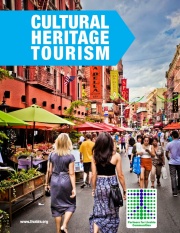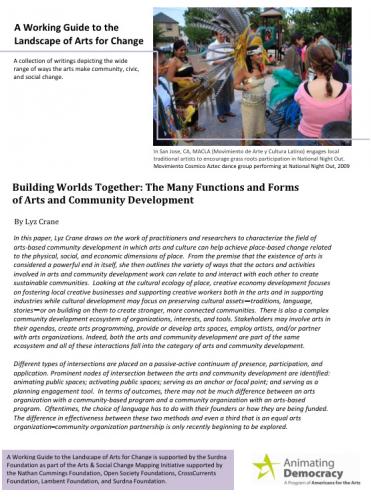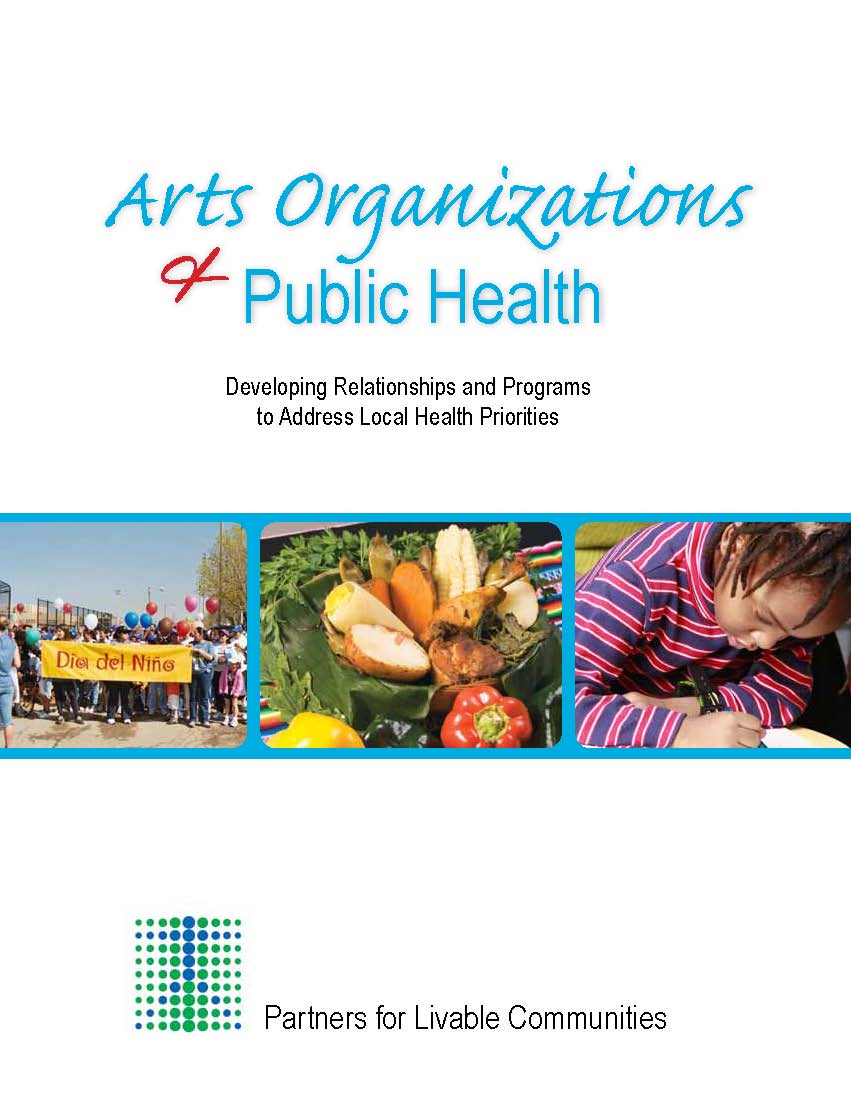
In our 37th year as an organization helping to empower communities with the tools to put them on the map as leaders in livability, Partners for Livable Communities is pleased to present this updated publication on cultural heritage tourism. As the tourism industry has boomed in the decades since Partners for Livable Communities began its cultural heritage tourism initiatives, communities have become increasingly eager to find ways attract tourists and capture the dollars they bring with them. However, when hard times come, it can be a challenge to persuade those among us of the benefits of preserving culture, heritage, and their artifacts from the past.
This guide represents the culmination of our experience and knowledge on an issue that has such a great potential for community development. Our hope is to demonstrate how cultural heritage is not just something to preserve for future generations, but is in fact an asset that can be leveraged to bring real economic benefits to the community.
Robert McNulty, president of Partners, can come to your community to speak about the necessity of developing a cultural heritage tourism strategy as well as share best practices and resources learned from Partners' decades of experience in this arena.
Download Cultural Heritage Tourism
Read more »
Lyz Crane draws on the work of practitioners and researchers to characterize the field of arts-based community development in which arts and culture can help achieve place based change related to the physical, social, and economic dimensions of place. This paper examines the premise that the existence of arts is considered a powerful end in itself, Crane then outlines the variety of ways that the actors and activities involved in arts and community development work can relate to and interact with each other to create sustainable communities. Looking at the cultural ecology of place, creative economy development focuses on fostering local creative businesses and supporting creative workers both in the arts and in supporting industries while cultural development may focus on preserving cultural assets—traditions, language, stories—or on building on them to create stronger, more connected communities. There is also a complex community development ecosystem of organizations, interests, and tools. Stakeholders may involve arts in their agendas, create arts programming, provide or develop arts spaces, employ artists, and/or partner with arts organizations. Indeed, both the arts and community development are part of the same ecosystem and all of these  interactions fall into the category of arts and community development. interactions fall into the category of arts and community development.
Crane places different types of intersections on a passive-active continuum of presence, participation, and application. Prominent nodes of intersection between the arts and community development are identified: animating public spaces; activating public spaces; serving as an anchor or focal point; and serving as a planning engagement tool. Crane points out that, in terms of outcomes, there may not be much difference between an arts organization with a community-based program and a community organization with an arts-based program. Oftentimes, the choice of language has to do with their founders or how they are being funded. The difference in effectiveness between these two methods and even a third that is an equal arts organization–community organization partnership is only recently beginning to be explored.
Click here to download the whole document.
Read more »
Terms:2012, Arts & Culture, Business, CBC Report/Publication, Community Building, Community Development, Community Engagement, Creative Economy, Cultural Institutions, Featured, Other Reports/Publications, Placemaking, Public Art, Public-Private Partnerships

Partners for Livable Communities (Partners) releases Arts Organizations and Public Health, a guide to creating partnerships between art and health organizations. This primer was designed for the arts organization that wishes to initiate programming focused on local health issues, or create partnerships with health groups in order to best meet the needs of the community. Arts Organizations and Public Health identifies best practices of diverse arts organizations from around the United States to inform this work. The best practices can be used as references, and are cited throughout the publication to correlate with text.
Read more »

Written by Tom Borrup with Partners for Livable Communities, this book features best practices and technical assistance how-to's on using culture as a fundamental tool for transformative community development. The book is a tool of broad scope covering topics such as: Asset Mapping; Funding and Policy; Effective Partnerships; Assessment and Evaluation. The book follows up on Partners ground-breaking Culture Builds Communities work.
Borrup writes, “In 1993 PLC began an extensive developmental program called Culture Builds Community, which aims to systematically place cultural assets within the portfolio of community development efforts…Nationwide in scope, the program gave rise to a publication, Culture Builds Communities, that inspired this book.”
Published by Fieldstone Alliance, Saint Paul, MN, 2006, 261 pages ($25)
(This Report/Book is only available for purchase. Partners does not have an electronic version available)
Read more »
Terms:2006, Arts & Culture, Books/Reports For Sale, CBC Report/Publication, Community Building, Community Development, Community Engagement, Cultural Institutions, Culture Builds Communities, Economic Development, Multicultural, Museums, Neighborhood Revitalization, Partners Reports/Publications, Social Capital
 This book was written for a popular audience to learn from Ms. Heath’s 10 years of research for the Carnegie Foundation for the Advancement of Teaching. Her research shows that arts and culturally based, after-school programs for at-risk youth have the most success in reaching young people and helping them develop skills for productive and successful lives.
Authors: Shirley Brice Heath and Laura Smyth, 1999, 96 pages ($10)
Bulk discounts are available for purchases of 10 or more copies. Contact Partners at (202) 887-5990 with questions.
(This publication is only available for purchase in print. Partners does not have an electronic version available)
Read more »
|
|